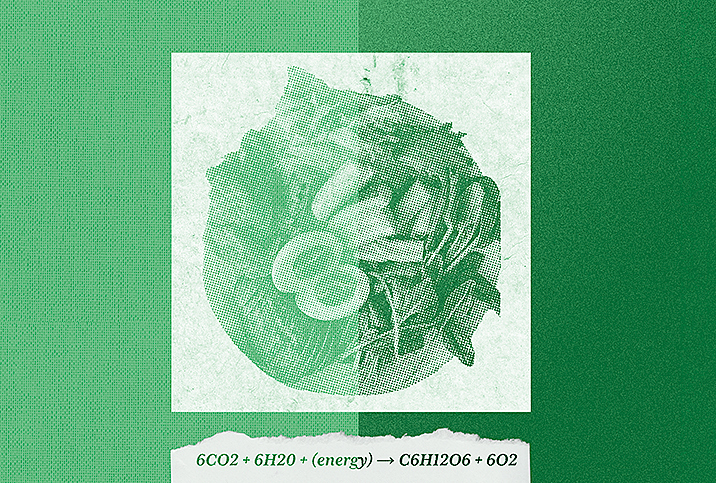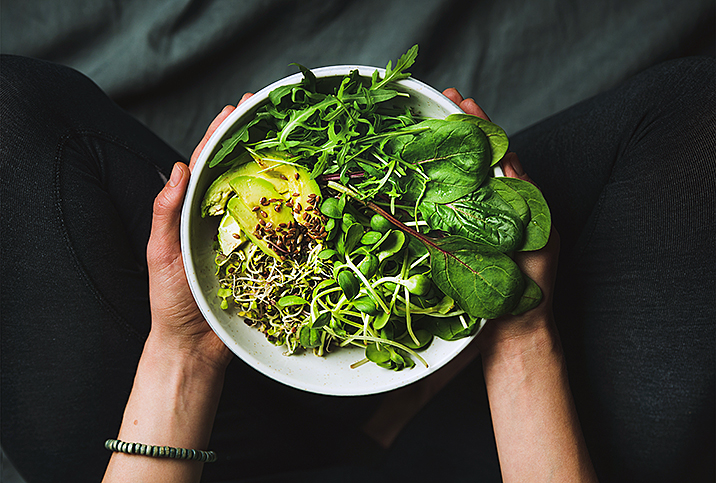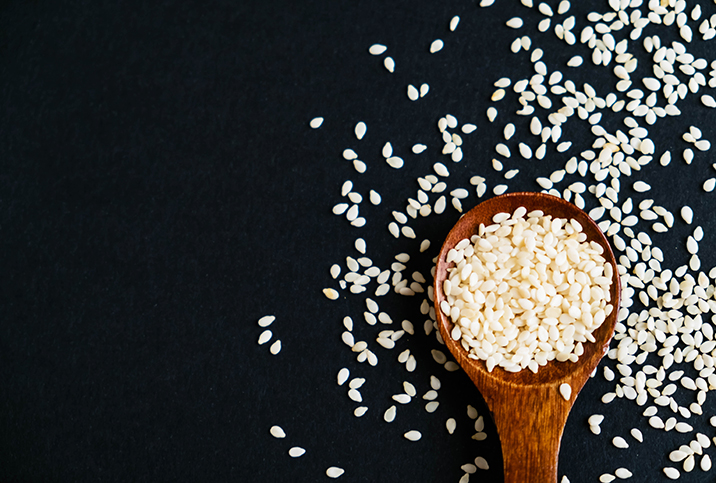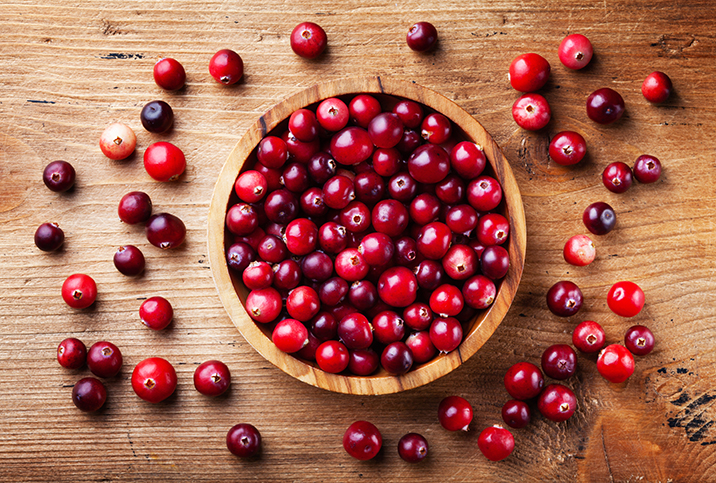Should I Be Concerned About the Phytoestrogens in Food?

Technically, phytoestrogens aren't just one particular compound but a group of similar compounds that mimic estrogen. Scientists speculate plant species evolved to make phytoestrogens as a defense against grazing herbivores. Transferring phytoestrogens to sheep and other grazing animals affected their fertility, thus curbing the animal population.
Phytoestrogens have a structural similarity to the hormone estrogen, raising speculation about possible health effects in humans, especially during times of hormonal change (such as menopause) or for people with estrogen-sensitive cancers, such as breast or ovarian cancer. However, most of the research indicates benefits rather than negative side effects. Beyond cancer, older adults at risk for heart disease may benefit from the protective effects of phytoestrogens in food.
Which foods contain phytoestrogens?
Phytoestrogens are found in plants, including several plant foods, such as flaxseeds, lima beans, nuts, pinto beans, sesame seeds, split peas and soy. Certain types of phytoestrogens are even found in hops and beer. Not all phytoestrogens are the same. For example, the type found in soy are part of compounds called isoflavones, while those in flaxseeds are lignans.
How do phytoestrogens affect the body?
It makes sense to assume phytoestrogens amplify estrogen since they share a similar structure. However, phytoestrogens are weaker than biological estrogen and capable of binding to the same receptors, and some research suggests they blunt estrogen's effects.
It's still somewhat unclear whether phytoestrogens act as endocrine disruptors, meaning they block regular hormonal activity, or mimic estrogen. Some research suggests phytoestrogens may be capable of either effect, depending on circumstances such as age and health.
Phytoestrogens and breast cancer rates
Compared to Western populations, researchers have observed lower breast cancer rates in Japan, which are thought to be related to the protective effects of soy intake early in life. However, this connection comes down to location, not race. Breast cancer rates in second-generation Japanese Americans match their Caucasian counterparts more closely than they match Japanese people living in Japan. Any benefits of soy during childhood seem to go away after adopting a typical American diet.
Promising research on flaxseeds suggests phytoestrogen intake after menopause may lower breast cancer risk by decreasing breast tissue growth and encouraging the production of less active forms of estrogen. Flaxseed sprouts have been shown to suppress breast tumors in animal and cell studies by increasing cell death (apoptosis).
Tamoxifen, a standard breast cancer medication, works by binding to estrogen receptors and blocking hormonal activity. Studies on mice have found that phytoestrogens in flaxseeds support Tamoxifen, making it more effective. Furthermore, breast cancer patients with higher intakes of lignans generally have less aggressive tumors, suggesting a possible protective association.
Current guidelines for phytoestrogen intake
Although research on phytoestrogens points to the suppression of hormone-dependent cancers, evidence does not fully support phytoestrogen supplements at this time. More human studies are needed before recommendations can be made. Any purposeful increase in phytoestrogen intake should be through dietary changes, such as ground flaxseeds (up to two to three tablespoons per day), to avoid unforeseen adverse effects. If you have a history of cancer or are undergoing cancer treatments, always let your doctor know about diet choices that could impact your condition.

















